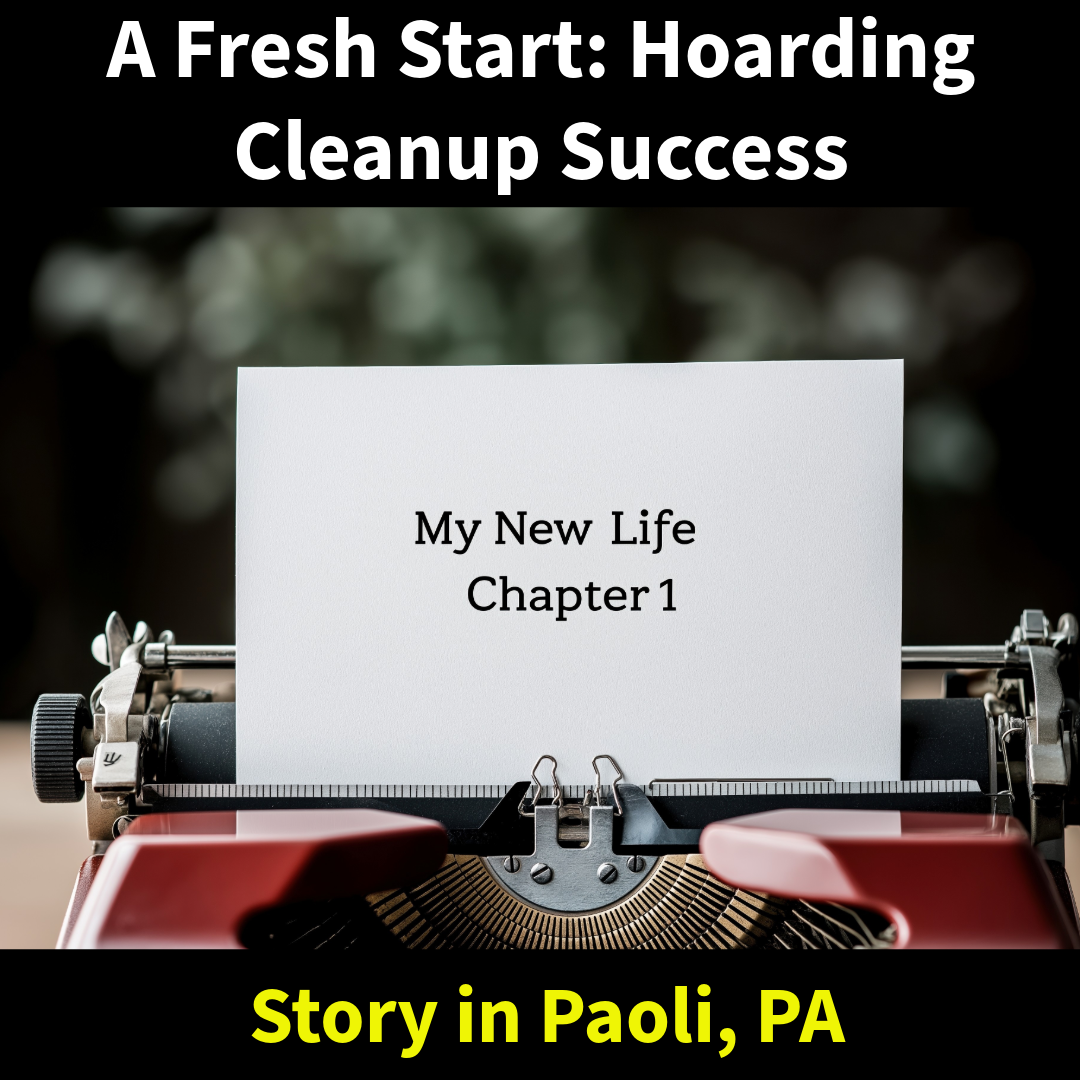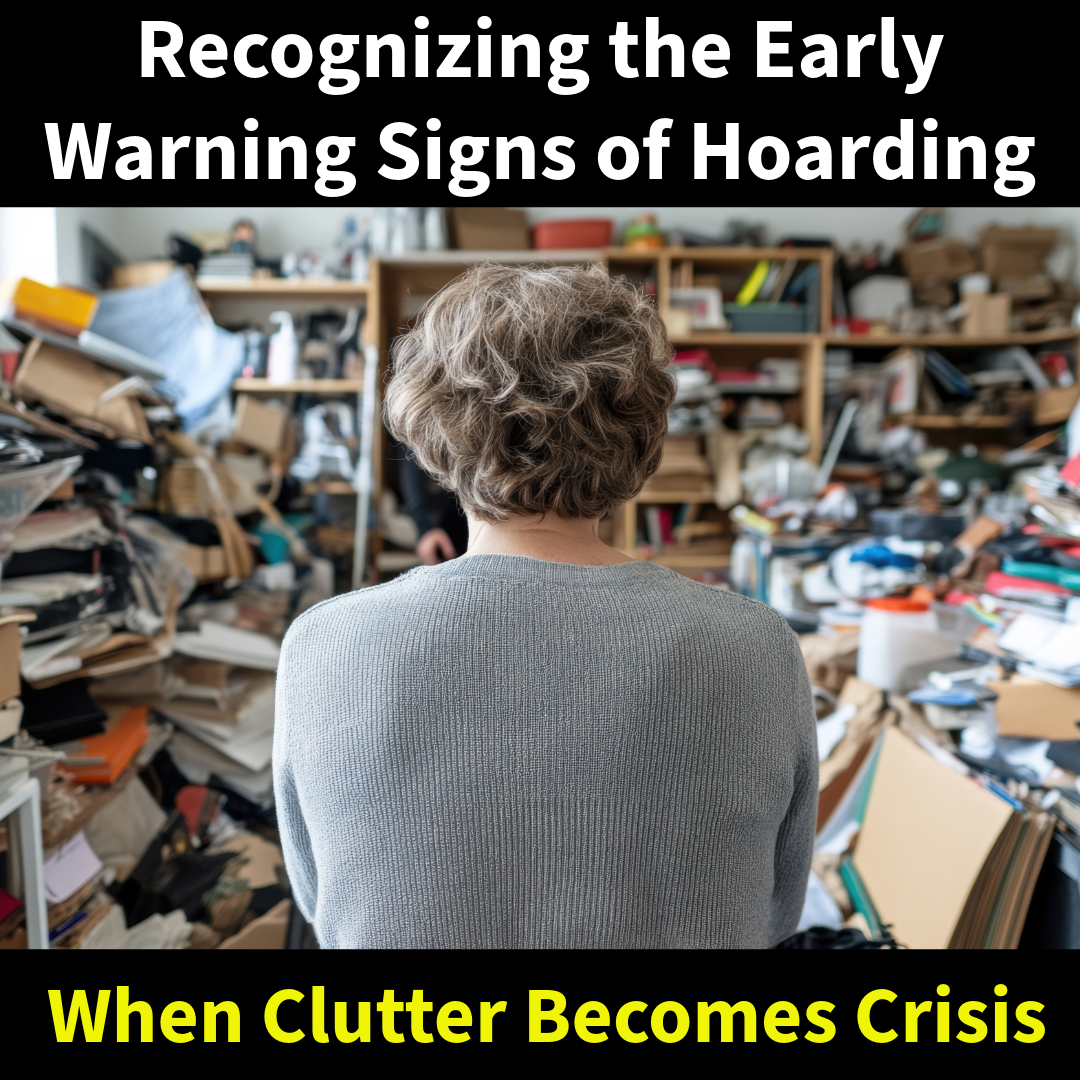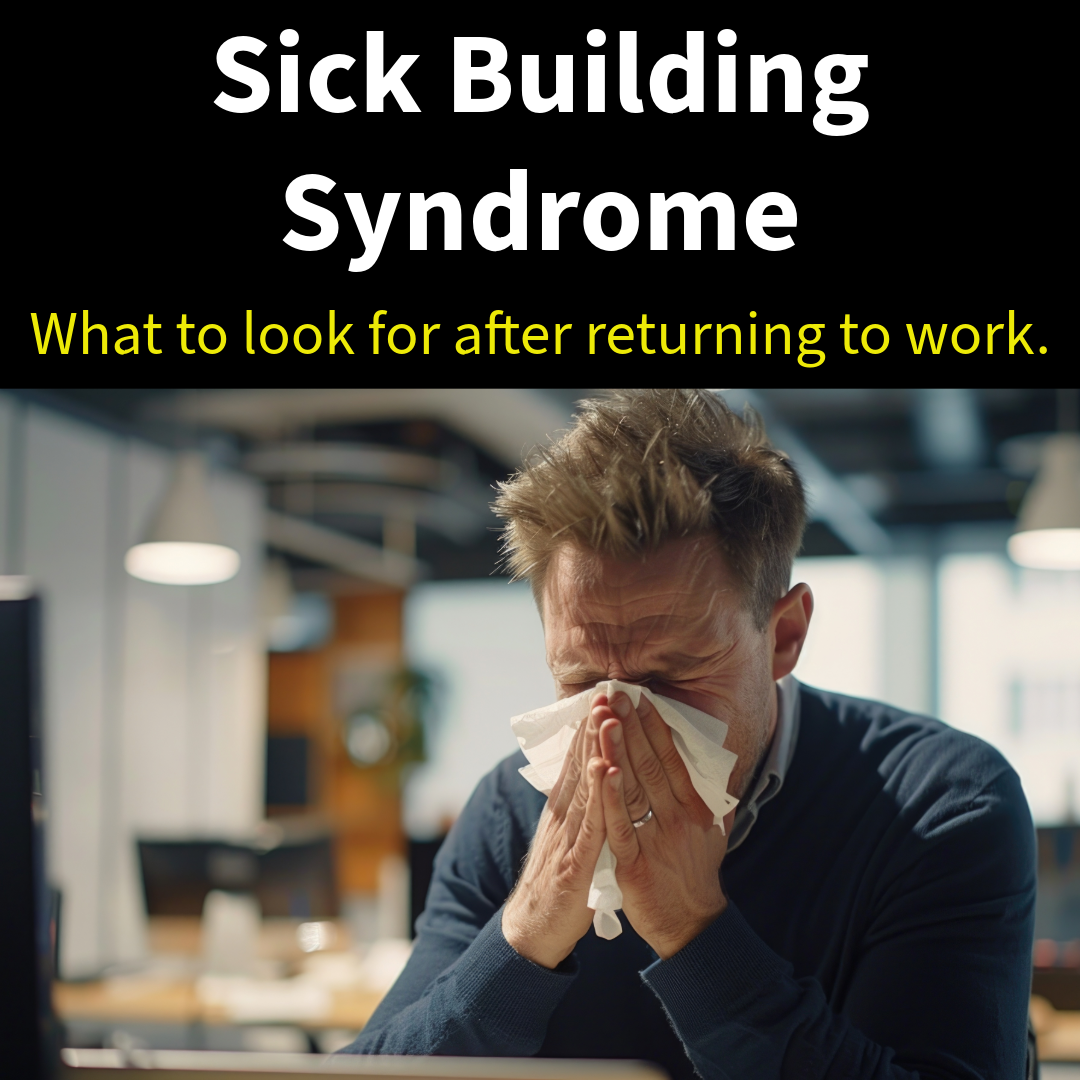Hoarding is often misunderstood. It’s not simply about having “too much stuff” — it’s about the challenges someone faces when their home becomes unsafe or overwhelming. Recently, our team at MSI was called to a home in Paoli, PA, where one family’s story shows just how life-changing the right help can be.
The Call for Help
A mother reached out to us, concerned about her daughter who had been struggling with hoarding and living in unsafe conditions. The home had very few walkable pathways, and clutter was piled in ways that hid serious issues like water damage and mold growth from past leaks. On top of that, a beloved cat was using the carpet as a bathroom, making the environment even more unsanitary.
The daughter made a courageous step — she admitted she needed help and wanted her story shared, privately, to encourage others who might be in the same situation.
What We Found Inside
When we arrived, it was clear this wasn’t just a case of “too many belongings.” The conditions created real health and safety concerns:
- Blocked pathways made moving around dangerous in the event of an emergency.
- Hidden mold and water damage were worsening behind piles of clutter.
- Animal waste on the carpets posed biohazard risks.
- Underlying plumbing and electrical issues needed to be addressed for the home to be safe again.
Restoring the Home — and Peace of Mind
Our team carefully sorted, removed, and cleaned the property, always with compassion and respect for the homeowner. We remediated the mold, addressed the water damage, and pointed out the additional repairs needed for long-term safety.
This was about more than just cleaning a house. It was about helping someone reclaim their home and their health.
A Positive Outcome
The best part of this story is its ending — or rather, its new beginning. The homeowner has now been back in her Paoli home for over a year. She’s maintained a safe, clean environment and hasn’t fallen back into old habits. Her courage in facing the problem and asking for help gave her the fresh start she deserved.
Helping Others Move Forward
At MSI, we understand that hoarding cleanup is about more than clutter. It’s about compassion, safety, and a second chance at living comfortably at home. If you or a loved one is facing a similar situation, know that you’re not alone.
📞 Call us today at 215-339-1769 for confidential help.



